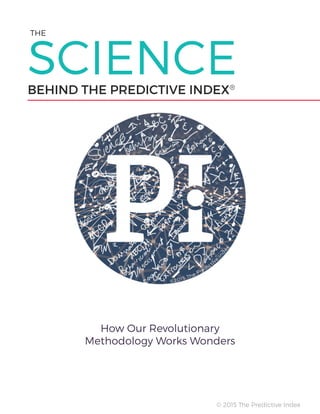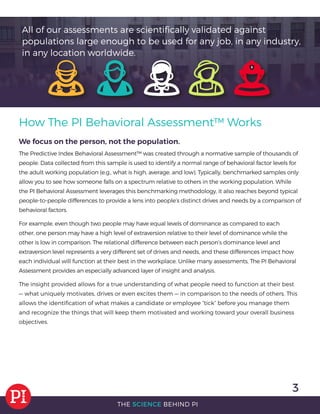The Predictive Index (PI) is a scientifically validated methodology used by businesses to assess and understand workforce behaviors and needs, enhancing performance through behavioral and cognitive assessments. Founded by Arnold S. Daniels in 1955, PI has a proven track record of successful applications across industries, adhering to professional standards to prevent discrimination. The assessments provide deep insights into individual drives, aiding in the management and motivation of employees throughout their career lifecycle.






